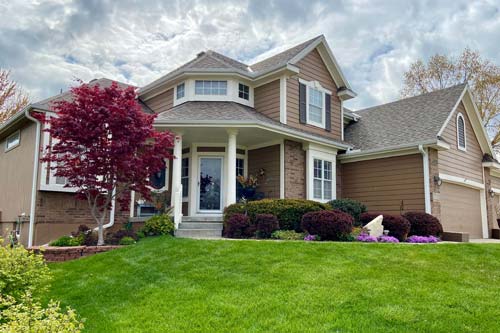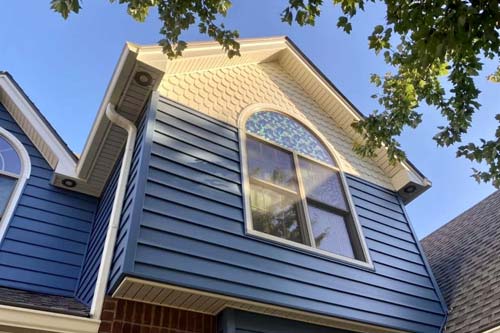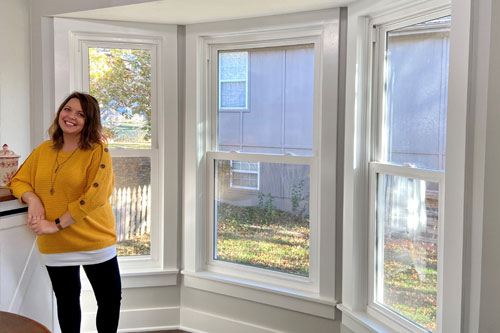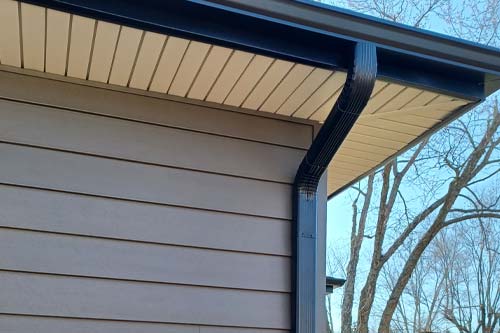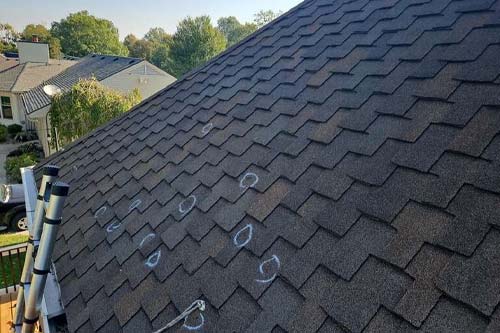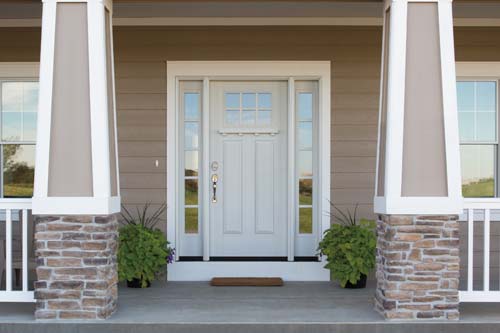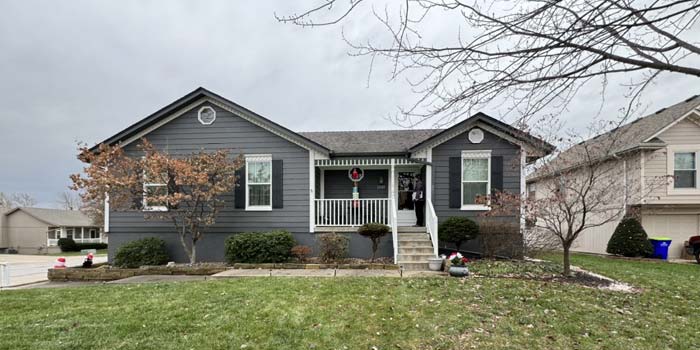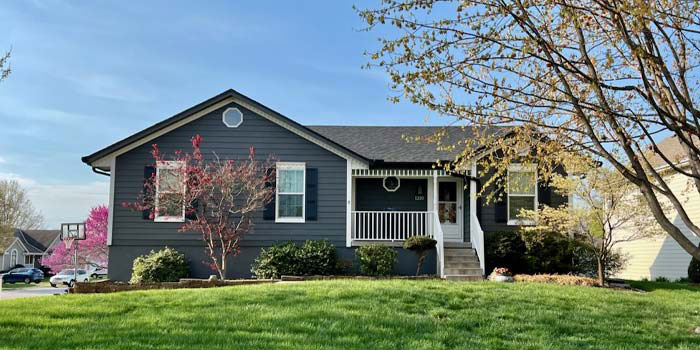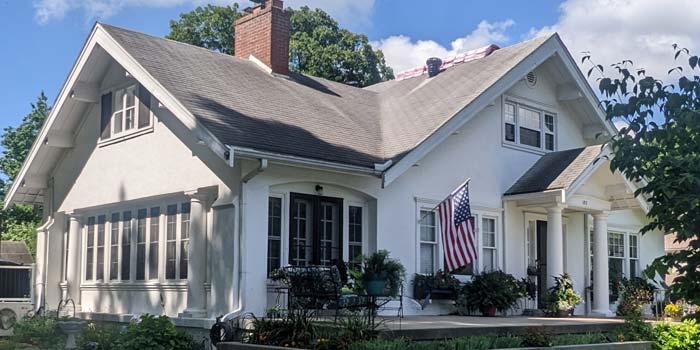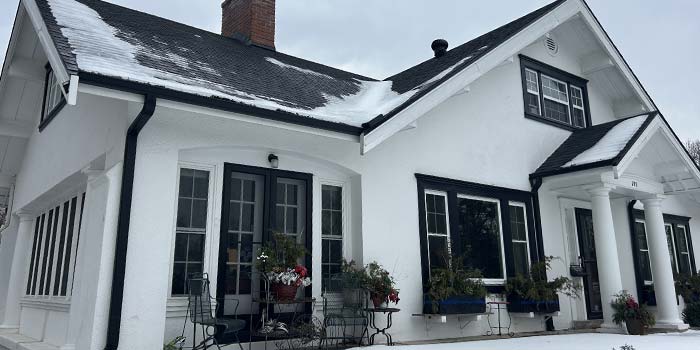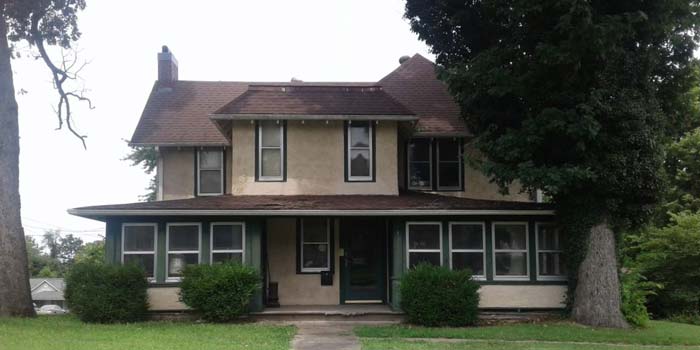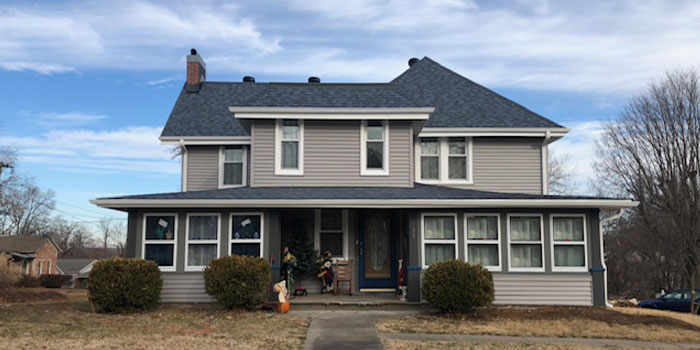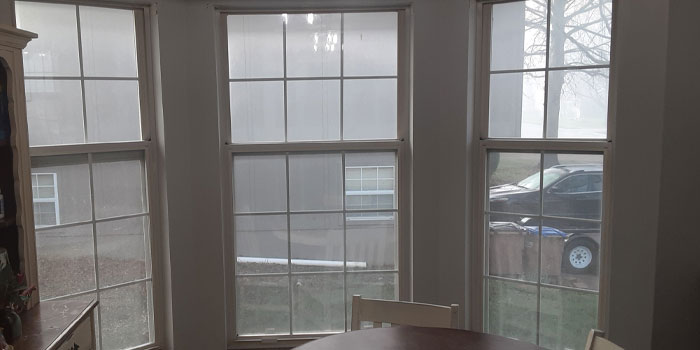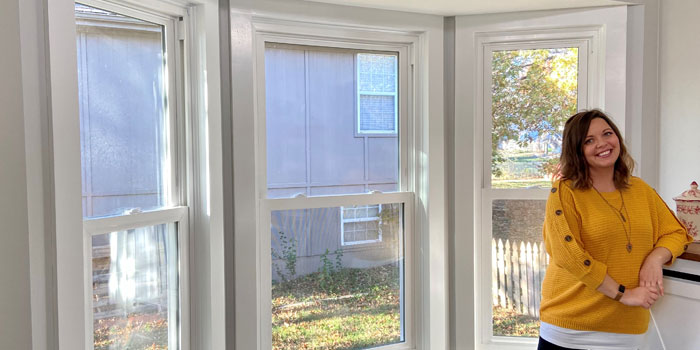Since 2008, Integrity Roofing, Siding & Windows has been chosen for complete exterior remodeling among the Kansas City community. By placing an unwavering commitment on doing what’s right, we’re able to deliver industry-leading materials, tailored solutions, and consistent updates and communication for every remodel. We look for ways to strengthen our core values through award-winning services and certified installers who are dedicated to trustworthy business practices. Contact us today to begin your personalized exterior home remodel!
Get a Free Consultation Learn More About UsGet Started Today!
Complete your dream home exterior project with low monthly payments!
The Result
Quality You Can Trust
Kansas City Exterior Remodeling Company
Kansas City weather is tough on your home’s exterior. Delaying repairs can lead to costly problems like mold, wood rot, and pests.
At Integrity Roofing, Siding & Windows, we make home maintenance simple. "Integrity" isn’t just our name—it’s our promise.
You can count on us for:
- Honest evaluations
- Clear, tailored recommendations
- No-pressure service—if you don’t need it, we’ll tell you
Stop minor issues from becoming major problems. Choose Integrity Roofing, Siding & Windows to keep your home in great shape.
Get a Free Consultation Learn More About Us


Exterior Remodeling Company in Kansas City
We use a faith-based approach to every aspect of our Kansas City exterior remodels—from dependable craftsmanship to professional installations and customer service.

Limited Time Offers
Upgrade Your Home Now with 18 Months Deferred Interest WAC*
Enjoy your home improvement project today and pay later! Get 18 months of deferred interest with easy financing in Kansas City. Terms and conditions apply.
Affordable Home Upgrades with Low Monthly Payments WAC*
Get the home improvements you need without breaking the bank! We offer low monthly payments for projects across Kansas City. Terms and conditions apply.
Free Home Exterior Health Check
A quick, no‑pressure inspection to spot small issues before they become costly.

We Care About You and Your Home
"When we first started this company in 2008, my goal was to develop a professional and honest home exterior company. A company that takes the time to build relationships with our customers and never sells them a service they don't need."
- David Todd, OwnerReputable Kansas City Exterior Remodeling Company
We’re committed to serving our community with award-winning solutions. By emphasizing quality installations and trustworthy services, you can count on our Kansas City exterior remodelers for lasting home improvements. At Integrity Roofing, Siding & Windows, you’ll work with certified installers who focus on your best interests.
Uncompromising
Quality
See lasting results with contractors certified by leading manufacturers including GAF, Owens Corning, and Pella.
Honest Prices,
No Hidden Fees
We prioritize transparent prices, inspections, and financing plans so you never have to pay for anything less than the highest standards.
Commitment to
Integrity
Integrity is at the forefront of our business, ensuring products and warranties that you can depend on.
Premium Products
Because we hold top certfications with industry-leading manufacturers, we can offer the highest level of manufacturer-backed warranties in addition to our labor warranty.
Punctual Service
Nothing is worse than a construction project that drags on and on. Our craftsmen work efficiently to minimize disruptions and stress, so you can enjoy peace of mind much faster.
See Our Seamless Work in Action
Enjoy top-quality products that merge uncompromising durability with effortless appeal.
The Go-To Kansas City Home Exterior Contractor
For over 17+ years, we’ve helped Kansas City neighborhoods with urgent exterior remodels. Whether you’d like to make upgrades or you need swift repair action, we’ll arrive at your door ready to get started. We take special care to ensure our communities are prepared against unfavorable weather conditions by using storm-resistant products and efficient processes. Find remodelers in your area to get started!
- Lee's Summit, MO
- Blue Springs, MO
- Independence, MO
- Gladstone, MO
- Raymore, MO
- Harrisonville, MO
- Warrensburg, MO
- Knob Noster, MO
- Windsor, MO
- Centerview, MO
- Clinton, MO
- Sedalia, MO
- And More!


Who We Are: Honesty and Integrity in Every Project
Your Stress-Free Home Remodeling Process
Each step of our exterior remodeling process is driven with your vision in mind. In just three steps, you can enjoy the home of your dreams protected by the experts at Integrity.
















